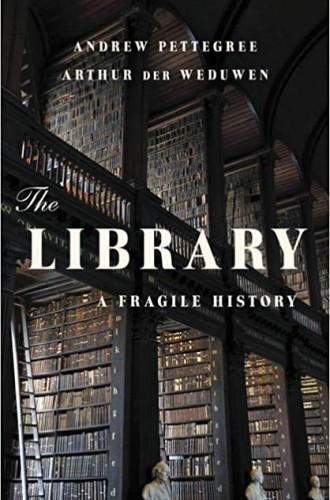Is it possible to tell the complete history of libraries?
Andrew Pettegree and Arthur der Weduwen try in their impressive but Eurocentric volume.
Writing a complete history of libraries is no easy task. One must address questions of definition, purpose, accessibility, and function. Not only are there no single answers to these questions, but the answers change over time and vary from region to region. Andrew Pettegree and Authur der Weduwen take on this difficult assignment in their impressively researched work. Unfortunately, they only partially succeed. They leave many of these essential questions unanswered in what is ultimately a limited, Eurocentric history of libraries.
The history of libraries cannot be separate from the evolution of the book. The authors, therefore, recount the development of texts from clay tablets to papyrus and parchment scrolls to codices or manuscript books, and then to the first printed books, known as incunabula, produced through the revolutionary movable-type printing press. They then describe later developments such as the cheap novels of the 19th century, the introduction of paperbacks in the early 20th, the first digital books produced on CD-ROM, and later e-book readers. Alongside this history we also learn about other media advancements that both competed with and complemented books: newspapers, magazines, radio, movies, television, and the internet.
As books and media evolved, so did libraries. The authors discuss imperial libraries and national libraries, monastic libraries and parish libraries, the museum-like collections of antiquarians and the personal working libraries of professionals, clergy, and scholars. They write about town libraries, subscription and circulating libraries, and public libraries.





